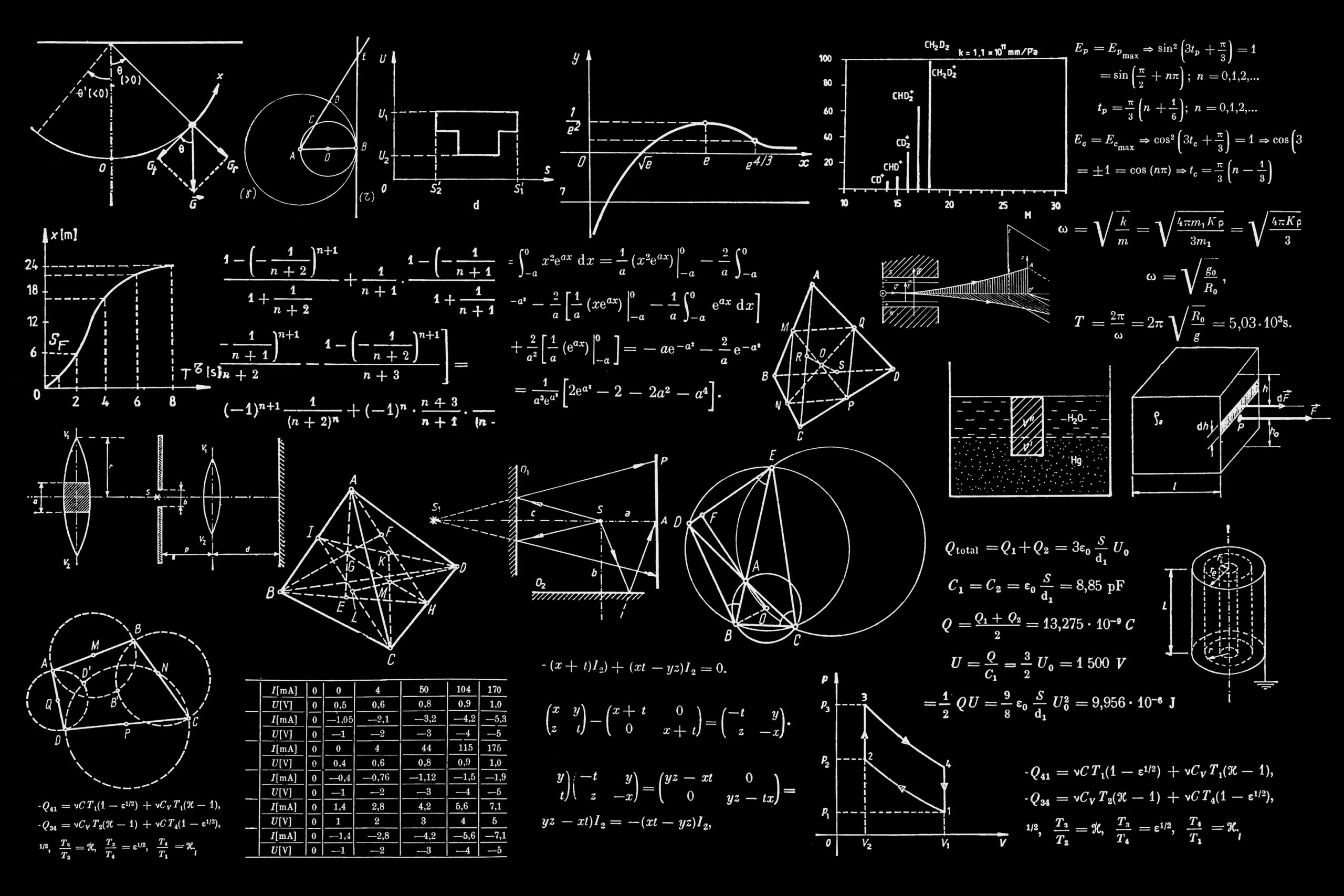Publications

Analog programming
Berg, T.K. (2021). Analog programmering. Tangenten – tidsskrift for matematikk undervisning, 32(3), 42–52.
This article explores the benefits of analog programming in 8th grade mathematics education. Through interviews and surveys among teachers and students, experiences with this teaching method, which promotes algorithmic thinking and cognitive skills without the use of digital aids, are highlighted.
The study seeks to understand how analog programming can improve mathematics education and develop didactic methods adapted to the Norwegian school system.
Read the article here:
Analog programming

Programming and geometry
Kravik, R. (2020). Programmering og geometri. Tangenten – tidsskrift for matematikkundervisning, 31(2). 7–11.
This article explores how programming can be integrated into primary school mathematics education, focusing on the exploration of geometry. It presents a teaching plan tested in a 9th grade class, where students with limited programming experience learned about geometric figures through text-based programming in Python, using the "Turtle graphics" package. Students were introduced to basic commands and worked in pairs on tasks related to geometric shapes, including mirroring and three-dimensional shapes. The article highlights the importance of programming in mathematics teaching, which promotes investigative learning and can increase students' motivation.
The article highlights the importance of programming in mathematics teaching, which promotes investigative learning and can increase students' motivation.
Read the article here:
Programming and geometry

Dice Rolls Probability and Programming
Kravik, R. (2020). Programmering og geometri. Tangenten – tidsskrift for matematikkundervisning, 31(2). 7–11.
This article focuses on the learning of probability calculus and programming through the simulation of dice rolls. The reader will learn how likely it is to get different outcomes by throwing a dice, how to program a dice simulation in a spreadsheet, and see similarities and differences with a similar simulation in Python. The article also emphasizes the importance of collaborative learning to understand these concepts.
Read the article here:
Dice Rolls Probability and Programming